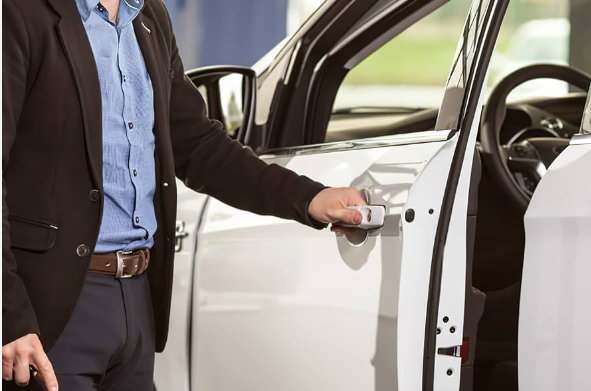Actuators, pivotal in the realms of automation and machinery, serve as the dynamic force behind countless mechanical operations. As these devices propel the wheels of industry and innovation, understanding the factors that dictate their life expectancy, especially in the context of door lock actuators, becomes paramount. In this comprehensive exploration, we delve into the intricate web of elements that influence the anticipated lifespan of door lock actuators.

At the heart of door lock actuator longevity lies the type itself. Whether electric (motor-driven), hydraulic, pneumatic, or thermal actuators, each variant presents a unique set of design intricacies and engineering nuances that directly impact its durability and overall lifespan.
Electric Door Lock Actuators:
Electric door lock actuators, driven by motors, stand as stalwarts in precision-controlled movements. Their lifespan hinges on the efficiency and robustness of the motor, demanding meticulous attention to design and materials.
Hydraulic Door Lock Actuators:
Hydraulic door lock actuators, harnessing the power of fluid dynamics, navigate a complex landscape. The resilience of seals, valves, and the integrity of hydraulic fluids contribute significantly to their enduring performance.
Pneumatic Door Lock Actuators:
Pneumatic door lock actuators, powered by compressed air, operate with a rhythmic cadence. Here, the longevity lies in the reliability of air seals, valves, and the efficacy of the compressed air system.
Thermal Door Lock Actuators:
In the realm of thermal door lock actuators, temperature differentials become pivotal. Their lifespan is intricately tied to the materials' ability to withstand thermal stress and the efficiency of heat transfer mechanisms.
The bedrock of any robust door lock actuator lies in the quality of materials employed and the precision of manufacturing techniques. Door lock actuators crafted with high-grade materials and subjected to meticulous manufacturing processes exhibit resilience to wear and tear, contributing significantly to an extended lifespan.
The operational theater in which a door lock actuator performs plays a definitive role in shaping its longevity. Temperature extremes, exposure to moisture, dust, and other environmental factors can introduce wear, affecting the door lock actuator's overall performance.
Door lock actuators enlisted in frequent mechanical ballets are inherently more susceptible to wear. In industrial landscapes or high-traffic zones, where incessant activity prevails, the lifespan of these workhorses may be curtailed compared to their less utilized counterparts.
The lifeline of a door lock actuator often hinges on the diligence of maintenance practices. A routine regimen encompassing regular lubrication, thorough cleaning, and the judicious replacement of worn components emerges as the cornerstone of longevity. Neglecting these maintenance rituals paves the way for premature failure.
Exceeding specified force limits, overloading, or employing a door lock actuator beyond its designed capabilities is a surefire path to accelerated wear and damage. Strict adherence to manufacturer guidelines is non-negotiable for ensuring optimal performance and a protracted lifespan.
The credibility of the manufacturer stands as an undeniably influential factor. Esteemed manufacturers, renowned for their unwavering commitment to high-quality standards and impeccable engineering, often produce door lock actuators that stand the test of time.
8. Environmental Factors:
Door lock actuators confronting adverse environmental conditions, be it exposure to corrosive elements, extreme temperatures, or chemicals, may experience accelerated wear and degradation, posing a challenge to their longevity.

In the domestic landscape, where door lock actuators navigate the nuances of common household appliances or seamlessly integrate into the intricate workings of automotive applications, a lifespan spanning several years under normal operating conditions is the norm. However, in the robust industrial settings where their mettle is tested daily, the life expectancy of door lock actuators can exhibit substantial variability based on the specific application and intensity of usage.
To ensure the optimal performance and longevity of a door lock actuator, consulting the manufacturer's guidelines becomes imperative. Rigorous adherence to recommended maintenance schedules, proactive monitoring for signs of wear, unusual sounds, or diminished performance, and a commitment to usage guidelines emerge as the linchpins in maximizing the life expectancy of these mechanical workhorses. In the ever-evolving landscape of automation, understanding the intricate dynamics that govern door lock actuator longevity remains not just a pursuit o
GET A QUOTE